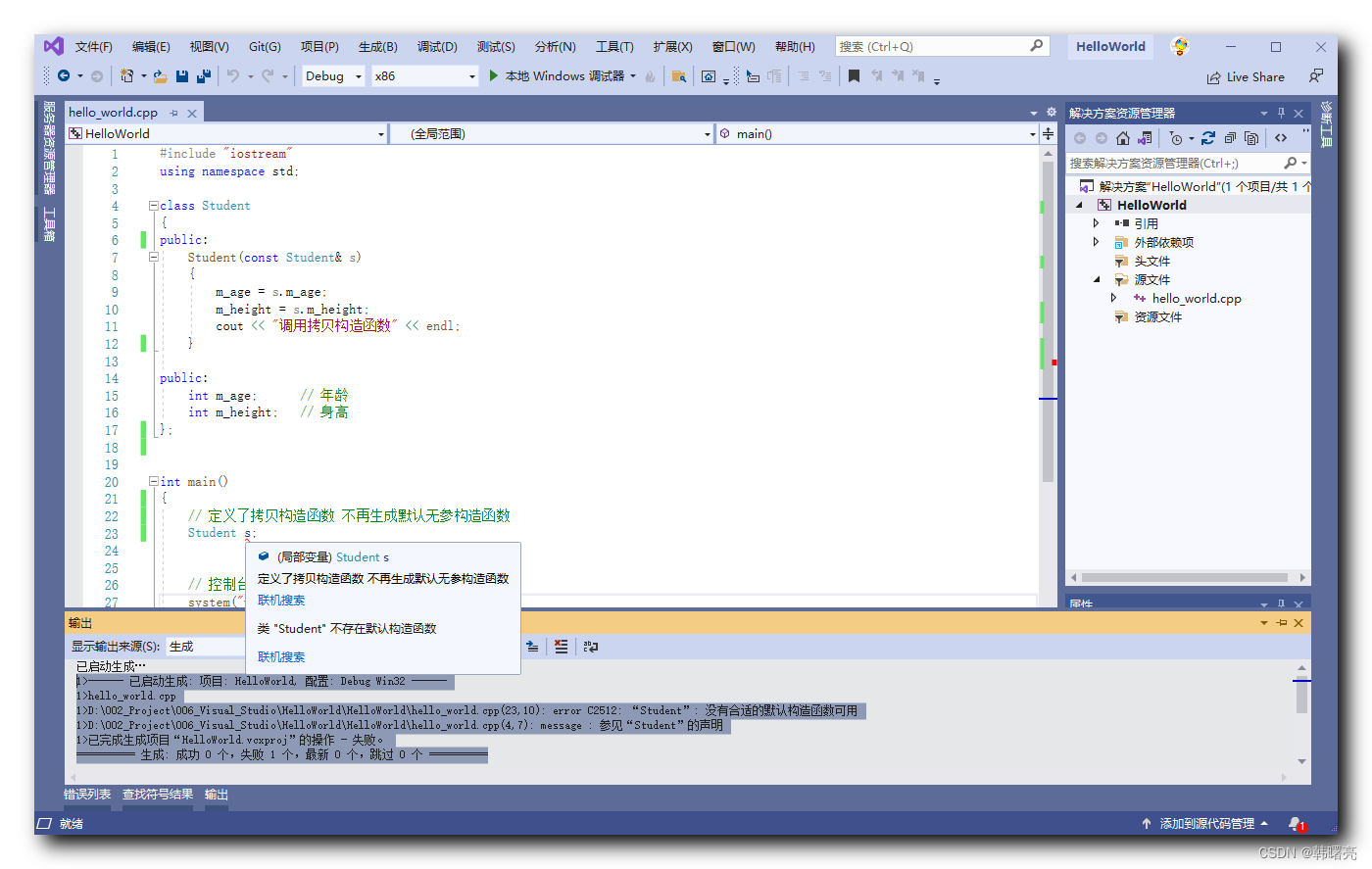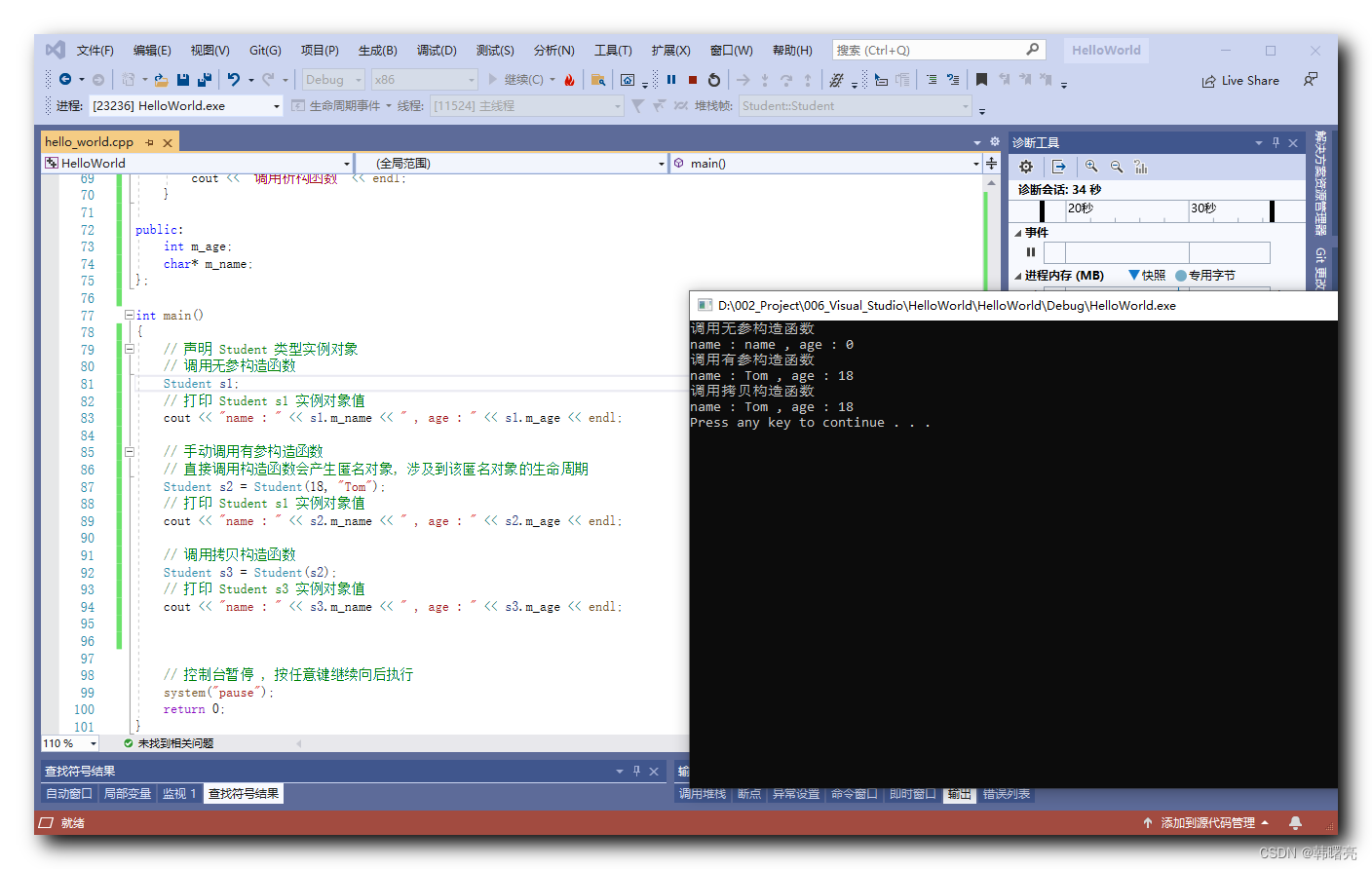构造函数给出线性回归方程
因此,在我的助教的帮助下,我们能够构建这个函数:
lm_eqn <- function(model){mod_frame <- broom::tidy(model)
eqn_string <- sprintf("The response is equal to %.2f ", mod_frame$estimate[1])
model_terms <- function(i){
if(i == 1){return(",")}
paste(sprintf("+ %.2f %s", mod_frame$estimate[i], mod_frame$term[i]), model_terms(i-1))
}
r2 <- format(summary(model)$r.squared, digits = 3)
print(paste(eqn_string, model_terms(nrow(mod_frame)), "R2 =", r2))
}问题是,它以预测变量类别的逆序和它们在任何模型中列出的逆序推出回归方程。
例如:
lmod <- lm(mpg ~ cyl + hp + disp, data = mtcars)
lm_eqn(lmod)
The response is equal to 34.18 + -0.02 disp + -0.01 hp + -1.23 cyl , R2 = 0.768"另外,有没有办法为$R^2$添加一个上标?
回答 1
Stack Overflow用户
发布于 2017-02-04 08:23:54
您可以使用coef获得回归系数,而不必深入挖掘模型对象的内部。然后使用矢量化的paste从系数及其名称的向量构建字符串。
lm_eqn <- function(model)
{
b <- coef(model)
names(b)[1] <- "" # default name for intercept term is '(Intercept)'
eqn <- paste(format(b, digits=3), names(b), collapse=" + ")
rsq <- format(summary(model)$r.squared, digits=3)
cat("The response is equal to", eqn, ", Rsquare =", rsq, "\n")
invisible(model)
}页面原文内容由Stack Overflow提供。腾讯云小微IT领域专用引擎提供翻译支持
原文链接:
https://stackoverflow.com/questions/42037462
复制相关文章
相似问题








